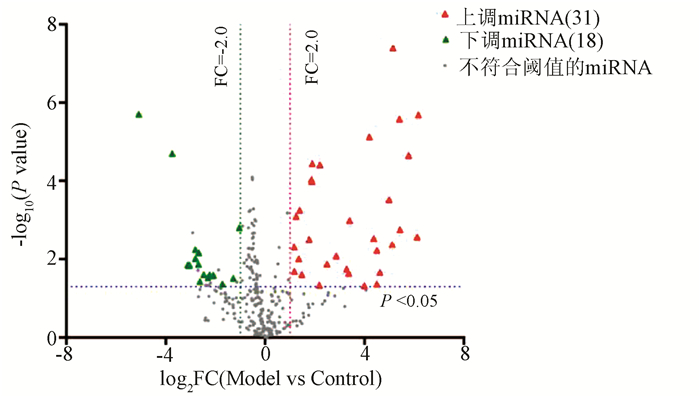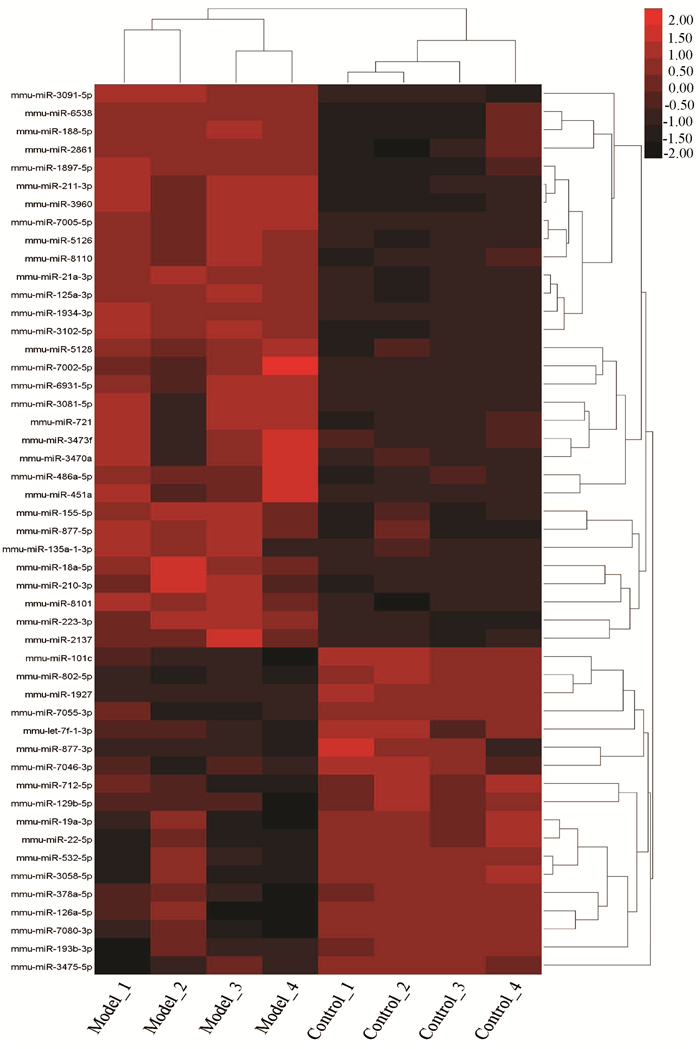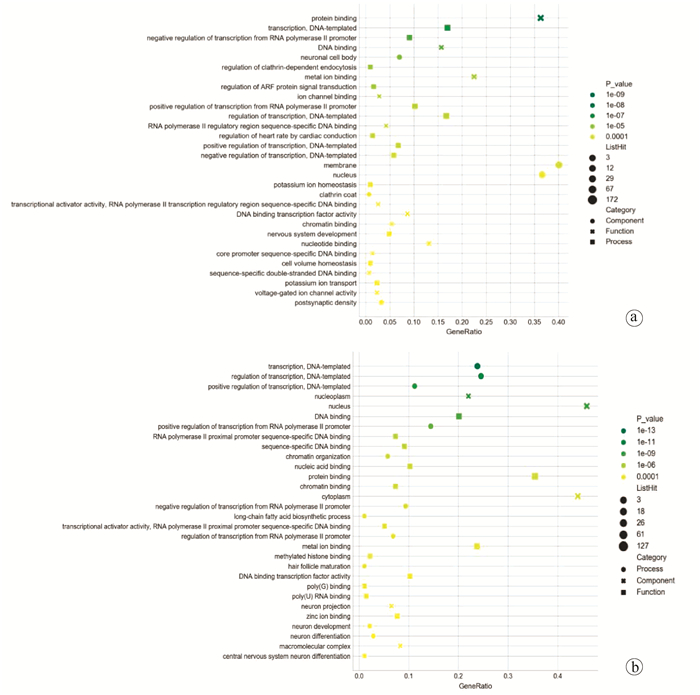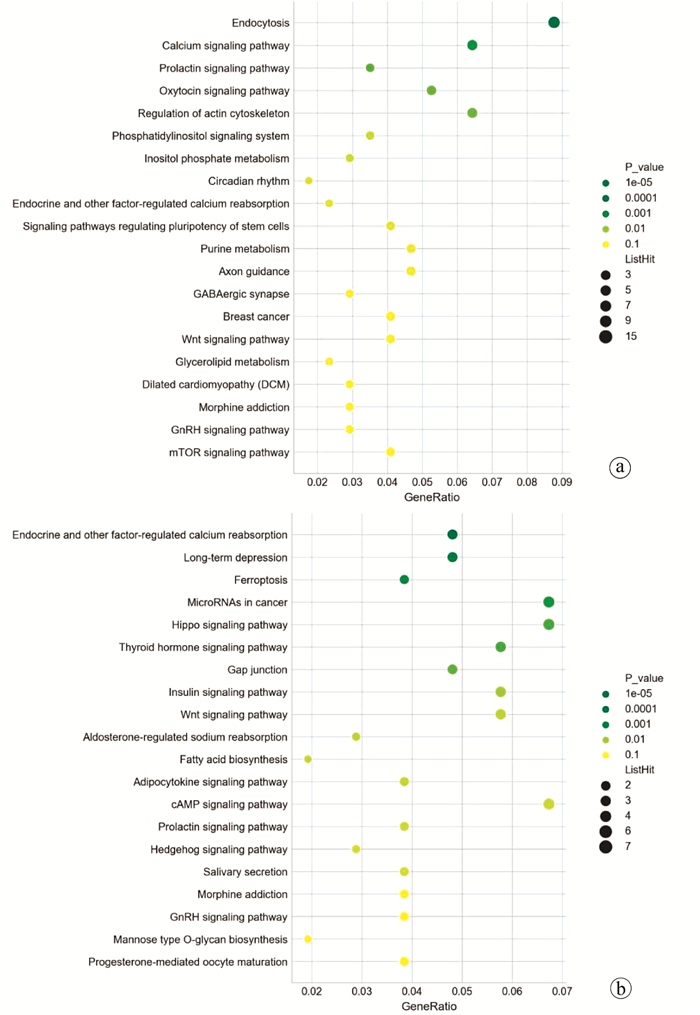| [1] |
|
| [2] |
PAPE S, SCHRAMM C, GEVERS TJ. Clinical management of autoimmune hepatitis[J]. United European Gastroenterol J, 2019, 7(9): 1156-1163. DOI: 10.1177/2050640619872408. |
| [3] |
FRANCQUE S, VONGHIA L, RAMON A, et al. Epidemiology and treatment of autoimmune hepatitis[J]. Hepat Med, 2012, 4: 1-10. DOI: 10.2147/HMER.S16321. |
| [4] |
LOOSEN SH, SCHUELLER F, TRAUTWEIN C, et al. Role of circulating microRNAs in liver diseases[J]. World J Hepatol, 2017, 9(12): 586-594. DOI: 10.4254/wjh.v9.i12.586. |
| [5] |
HAO JH, CHEN H, GAO Y, et al. Effects of Saikosaponin d on differentially expressed genes CTLA-4, IL-10 and IL-17 in mice with autoimmune hepatitis[J]. J Shanghai Jiaotong Univ (Med Sci), 2020, 40(3): 303-309. DOI: 10.3969/j.issn.1674-8115.2020.03.005. |
| [6] |
CHEN H, HAO JH, LI ZC, et al. Screening for differentially expressed genes in mice with autoimmune hepatitis and effect of saikosaponin-D on the expression of several differentially expressed genes[J]. J Clin Hepatol, 2020, 36(4): 840-846. DOI: 10.3969/j.issn.1001-5256.2020.04.026. |
| [7] |
LIU Y, CHEN H, HAO JH, et al. Characterization and functional prediction of the microRNAs differentially expressed in a mouse model of concanavalin a-induced autoimmune hepatitis[J]. Int J Med Sci, 2020, 17(15): 2312-2327. DOI: 10.7150/ijms.47766. |
| [8] |
SUCHER E, SUCHER R, GRADISTANAC T, et al. Autoimmune hepatitis-immunologically triggered liver pathogenesis-diagnostic and therapeutic strategies[J]. J Immunol Res, 2019, 2019: 9437043. DOI: 10.1155/2019/9437043. |
| [9] |
THAN NN, JEFFERY HC, OO YH. Autoimmune hepatitis: Progress from global immunosuppression to personalised regulatory T cell therapy[J]. Can J Gastroenterol Hepatol, 2016, 2016: 7181685. Doi: 10.1155/2016/7181685. |
| [10] |
HAYES CN, CHAYAMA K. MicroRNAs as biomarkers for liver disease and hepatocellular carcinoma[J]. Int J Mol Sci, 2016, 17(3): 280. DOI: 10.3390/ijms17030280. |
| [11] |
LU FB, CHEN DZ, CHEN L, et al. Attenuation of experimental autoimmune hepatitis in mice with bone mesenchymal stem cell-derived exosomes carrying microRNA-223-3p[J]. Mol Cells, 2019, 42(12): 906-918. DOI: 10.14348/molcells.2019.2283. |
| [12] |
BLAYA D, AGUILAR-BRAVO B, HAO F, et al. Expression of microRNA-155 in inflammatory cells modulates liver injury[J]. Hepatology, 2018, 68(2): 691-706. DOI: 10.1002/hep.29833. |
| [13] |
SUI C, ZHANG L, HU Y. MicroRNA-let-7a inhibition inhibits LPS?induced inflammatory injury of chondrocytes by targeting IL6R[J]. Mol Med Rep, 20(3): 2633-2640. DOI: 10.3892/mmr.2019.10493. |
| [14] |
RUSSELL JO, MONGA SP. Wnt/β-catenin signaling in liver development, homeostasis, and pathobiology[J]. Annu Rev Pathol, 2018, 13: 351-378. DOI: 10.1146/annurev-pathol-020117-044010. |
| [15] |
ZHOU D, YU Y, AN Y, et al. EGCG mediated Wnt/β-catenin signaling pathway improves liver damage in mice with immune hepatitis[J]. Anatomy Res 2020, 42 (1): 38-43. DOI: GDJP.0.2020-01-007周丹, 于洋, 安洋, 等. 表没食子儿茶素没食子酸酯通过Wnt/β-catenin信号通路改善免疫性肝炎小鼠肝损伤[J]. 解剖学研究, 2020, 42(1): 38-43. DOI: GDJP.0.2020-01-007. |
| [16] |
ZHAO L, JIN Y, DONAHUE K, et al. Tissue repair in the mouse liver following acute carbon tetrachloride depends on injury-induced Wnt/β-catenin signaling[J]. Hepatology, 2019, 69(6): 2623-2635. DOI: 10.1002/hep.30563. |
| [17] |
SONG H, DU C, WANG X, et al. MicroRNA-101 inhibits autophagy to alleviate liver ischemia/reperfusion injury via regulating the mTOR signaling pathway[J]. Int J Mol Med, 2019, 43(3): 1331-1342. DOI: 10.3892/ijmm.2019.4077. |
| [18] |
LEI Y, WANG QL, SHEN L, et al. MicroRNA-101 suppresses liver fibrosis by downregulating PI3K/Akt/mTOR signaling pathway[J]. Clin Res Hepatol Gastroenterol, 2019, 43(5): 575-584. DOI: 10.1016/j.clinre.2019.02.003. |
| [19] |
SZEKERCZÉS T, GÓGL A, ILLYÉS I, et al. Autophagy, mitophagy and microRNA expression in chronic hepatitis C and autoimmune hepatitis[J]. Pathol Oncol Res, 2020, 26(4): 2143-2151. DOI: 10.1007/s12253-020-00799-y. |
| [20] |
SCHROEDER B, MCNIVEN MA. Importance of endocytic pathways in liver function and disease[J]. Compr Physiol, 2014, 4(4): 1403-1417. DOI: 10.1002/cphy.c140001. |
| [21] |
WANG HX, LIU M, WENG SY, et al. Immune mechanisms of Concanavalin A model of autoimmune hepatitis[J]. World J Gastroenterol, 2012, 18(2): 119-125. DOI: 10.3748/wjg.v18.i2.119. |
| [22] |
HONG L, CAI Y, JIANG M, et al. The Hippo signaling pathway in liver regeneration and tumorigenesis[J]. Acta Biochim Biophys Sin (Shanghai), 2015, 47(1): 46-52. DOI: 10.1093/abbs/gmu106. |
| [23] |
MOHSENI R, KARIMI J, TAVILANI H, et al. Carvacrol ameliorates the progression of liver fibrosis through targeting of Hippo and TGF-β signaling pathways in carbon tetrachloride (CCl 4)-induced liver fibrosis in rats[J]. Immunopharmacol Immunotoxicol, 2019, 41(1): 163-171. DOI: 10.1080/08923973.2019.1566926. |
| [24] |
SUI M, JIANG X, CHEN J, et al. Magnesium isoglycyrrhizinate ameliorates liver fibrosis and hepatic stellate cell activation by regulating ferroptosis signaling pathway[J]. Biomed Pharmacother, 2018, 106: 125-133. DOI: 10.1016/j.biopha.2018.06.060. |
| [25] |
KONG Z, LIU R, CHENG Y. Artesunate alleviates liver fibrosis by regulating ferroptosis signaling pathway[J]. Biomed Pharmacother, 2019, 109: 2043-2053. DOI: 10.1016/j.biopha.2018.11.030. |
| [26] |
LYBEROPOULOU A, CHACHAMI G, GATSELIS NK, et al. Low serum hepcidin in patients with autoimmune liver diseases[J]. PLoS One, 2015, 10(8): e0135486. DOI: 10.1371/journal.pone.0135486. |

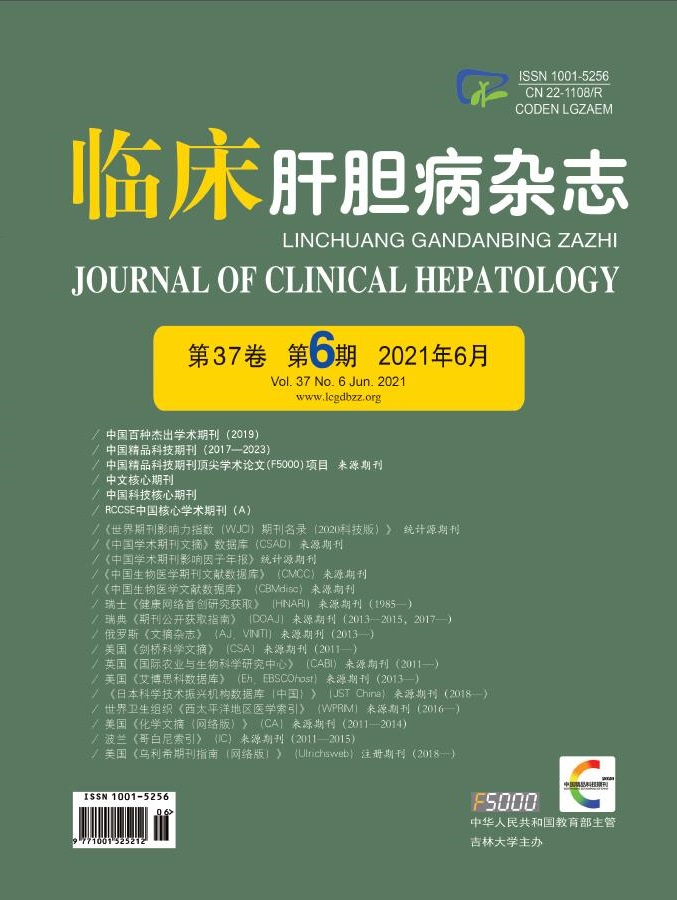

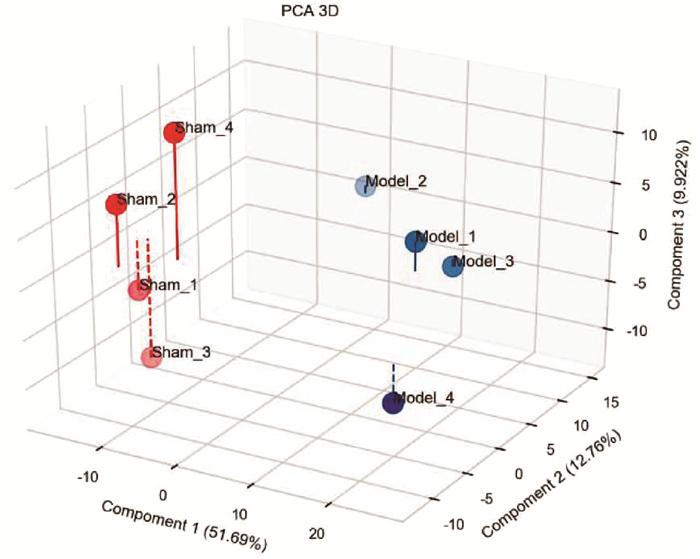




 DownLoad:
DownLoad:
